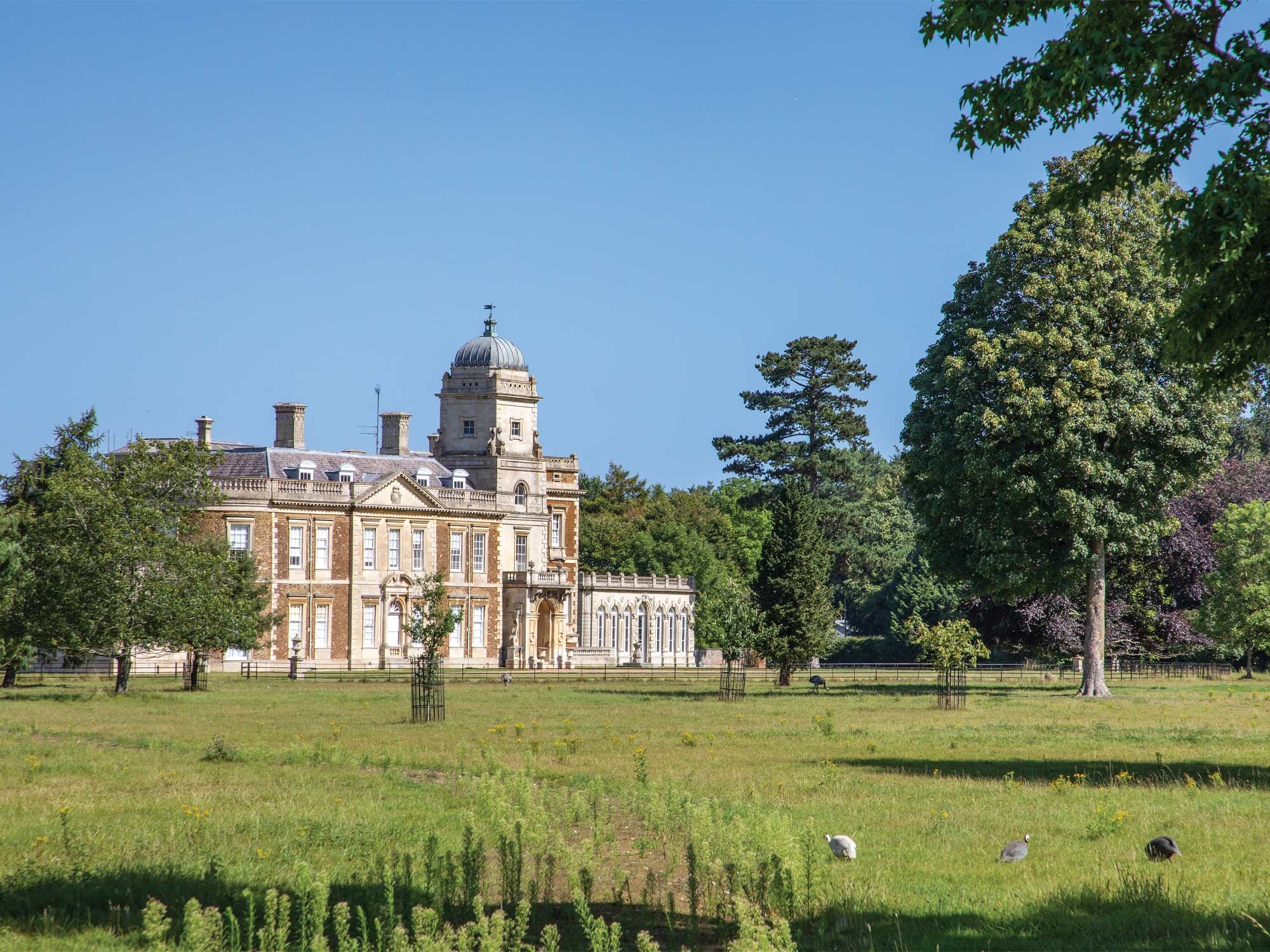
The fascinating story of Narford Hall
It’s one of Norfolk’s grandest houses, but it’s also one of its least known. Once a genuine treasure trove of history, literature and artwork, Narford Hall has a remarkable and colourful history
On the evening of Wednesday April 28th 1733 a devastating fire broke out in Mrs. White’s Chocolate House in Mayfair, London - a building that was destined to become one of the most exclusive private clubs (still men-only in 2021) in the country. One of the greatest casualties of the fire was the country’s largest collection of miniatures in private hands - just part of Sir Andrew Fountaine’s vast hoard art and antiquities awaiting his imminent retirement to his home at Narford Hall. In fact, so many paintings were destroyed that the ashes were carefully sifted to recover all the gold from the incinerated mountings and frames of the artwork.
Knighted in 1699 on the basis of a speech he gave at Oxford University, Vice-Chamberlain to the Prince of Wales, successor to Isaac Newton at the Royal Mint and friend of Jonathan Swift (the author of Gulliver’s Travels) Andrew Fountaine paid as much attention to the family home as he did his vast art collection - which would take four days to auction on his death in 1753.
The magnificent property at Narford had been started by his father some 30 years earlier, and the gardens were at the cutting edge of design, comprising a wide range of trees, a specially-built lake, groves, walks, and avenues decorated with classical details - the main south avenue ran for a mile before ending in a decorative archway.
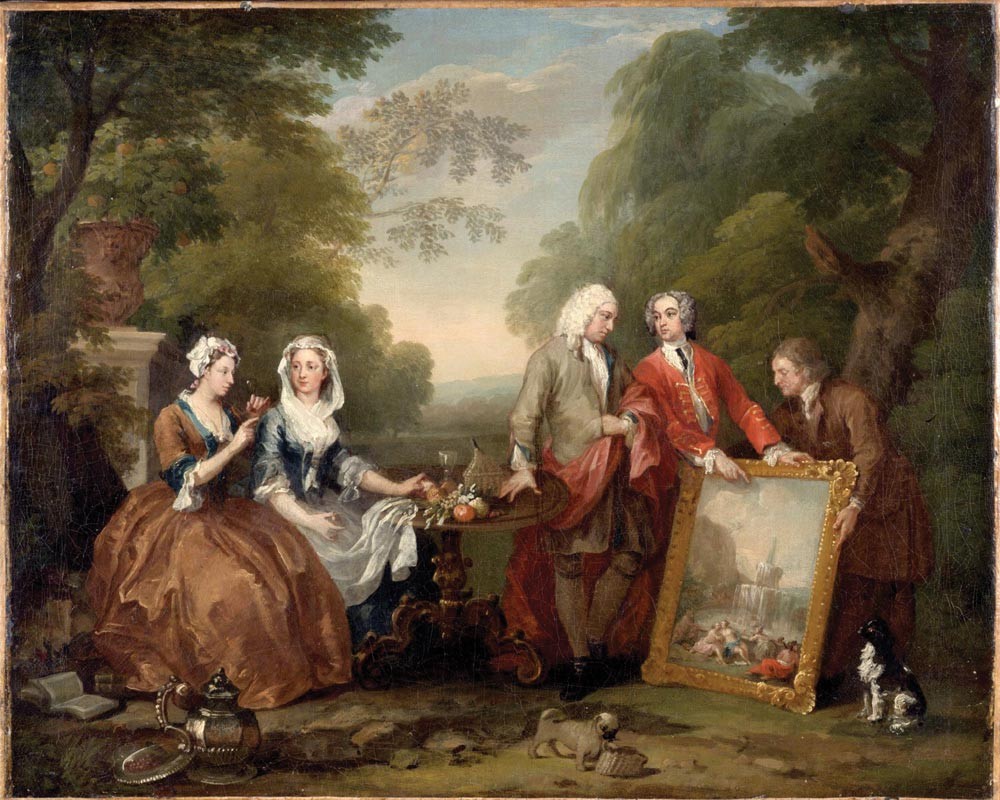
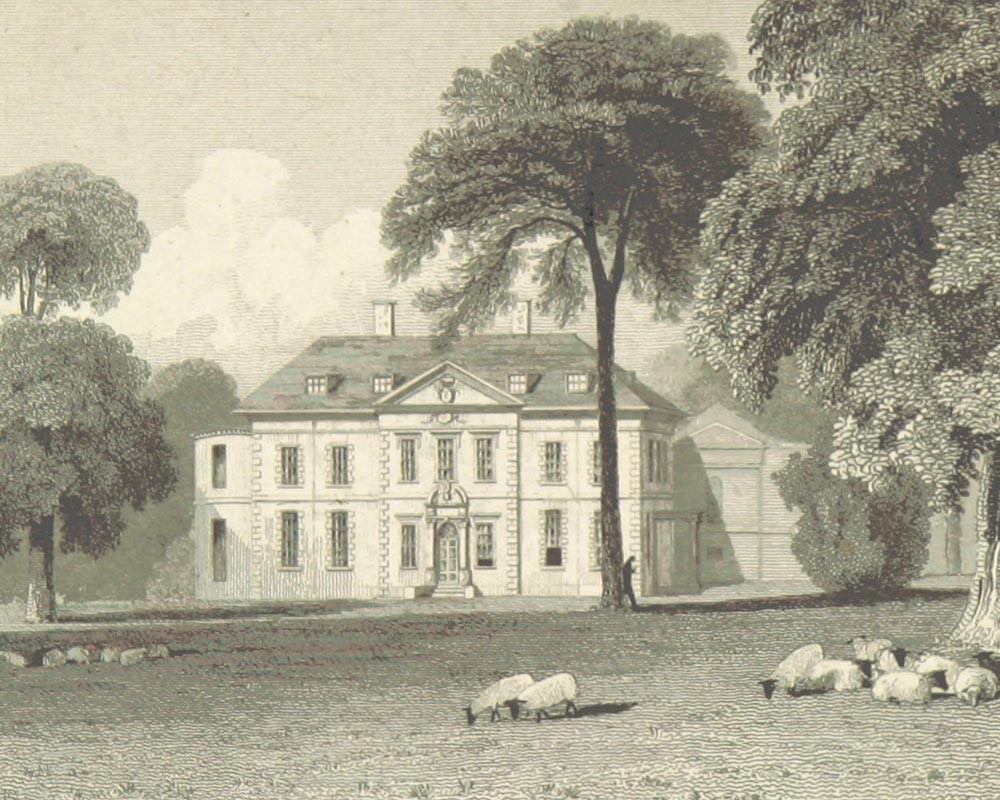
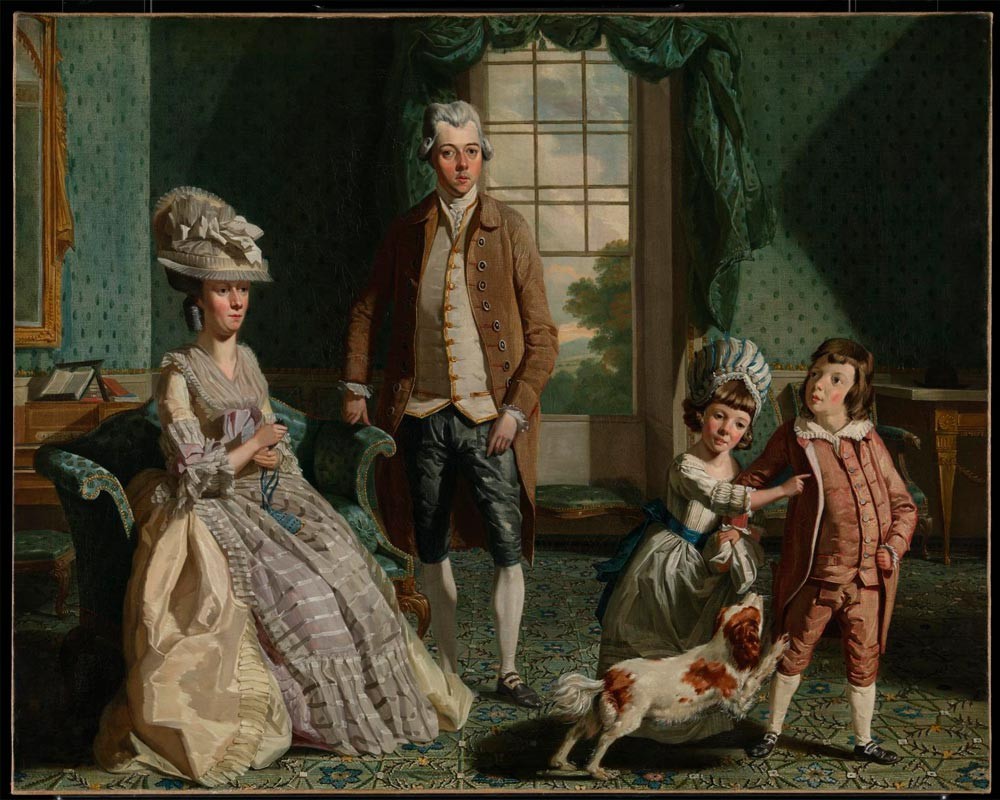
The hall itself is an equally impressive construction, and its distinctively irregular architecture reflects the fact it represents four separate stages of building over the course of 150 years.
The property had actually been in the Fountaine family since the middle of the 14th century, and as the third son of a notable Norfolk barrister Andrew Fountaine (who was born in 1634) was at the back of the queue as far as inheritance went. While still a teenager he was sent to London to study law, and soon formed a friendship with his fellow Norfolk native John Coke - who suddenly became heir to his family’s considerable estate at Holkham on the death of his older brother.
The two left their studies and travelled to France, staying there for three years - and shortly after their return in 1660 Coke took control of Holkham, employing Fountaine as chief manager of the estate. Andrew’s fortunes increased considerably over the next few years, but the sudden death of John Coke in 1671 left him looking for a new position.
By that time he was married to Sarah, the daughter of Sir Thomas Chicheley of Wimpole Hall in Cambridgeshire - although it may not have been the most harmonious of matches.
“A squire of unattractive habits and personality, addicted to drink and always in money difficulties,” reads a contemporary account, “Fountaine led his wife a most wretched existence.”
Financially, Andrew left Holkham with enough money to build a grand home for himself, and laid the first stone at Narford on 29th June 1702. Architectural details suggest Henry Bell of King’s Lynn (who designed the town’s Custom House and Duke’s Head Hotel) had a hand in the project, but it’s a question that’s still open to debate.
Andrew’s son (also called Andrew) was meanwhile on a three-year tour of Europe, amassing a vast art collection - in 1753 a total of 3,327 prints were recorded in one cabinet in one of the smallest rooms at Narford Hall.
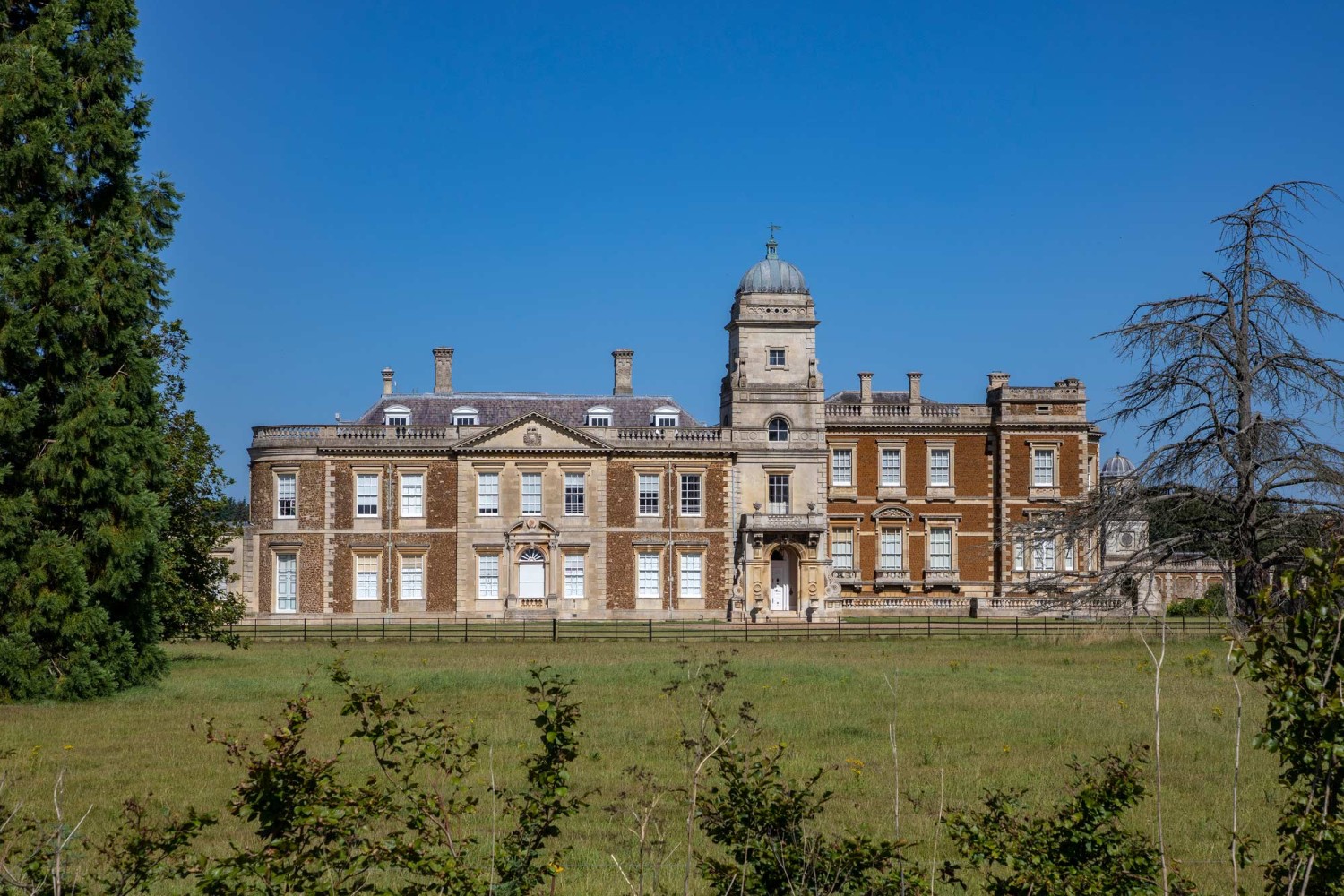
He had to return to Norfolk as his father’s health failed, but he tended to prefer the cultural scene of London rather than the quieter pace of life in Norfolk. He did, however, embark on the first of two major phases of development at Narford Hall - the former entrance hall was turned into a saloon that was once described as “the most beautiful room in England” featuring ten huge works by Giovanni Pellegrini, one of the leading Venetian painters of the early 18th century.
Andrew Fountaine surrounded the hall with highly formal gardens of enclosed spaces and geometric avenues terminated by classical eye-catchers, combining German and Dutch styles - it was, according to contemporary reports “the ultimate politically-correct garden.”
Despite being a distinctly-eligible bachelor Fountaine never married, and Narford Hall passed to the son of his niece Elizabeth - who did little to the structure but did add a stunning family portrait (possibly painted by the most famous American artist of the 18th century) that was acquired by the Tate and only went on public display for the first time four years ago.
Narford Hall experienced mixed fortunes over the following decades. On the one hand it saw the addition of a 60-acre lake and an imposing domed entrance tower - while on the other much of its priceless contents were sold at auction.
Over 400 pieces of crockery were sold at Christie’s in June 1884 (you can see them today at the V&A and British Museum), dozens of paintings and over 800 prints went under the hammer a month later, and in June 1902 almost 1,000 books and manuscripts were sold from the hall’s extensive library.
Narford Hall has always had a rather eclectic atmosphere. A private family house to this day, it’s also now home to the Fairfax & Favor fashion brand, writing a new chapter in the story of one of Norfolk’s most interesting and little-known properties.
